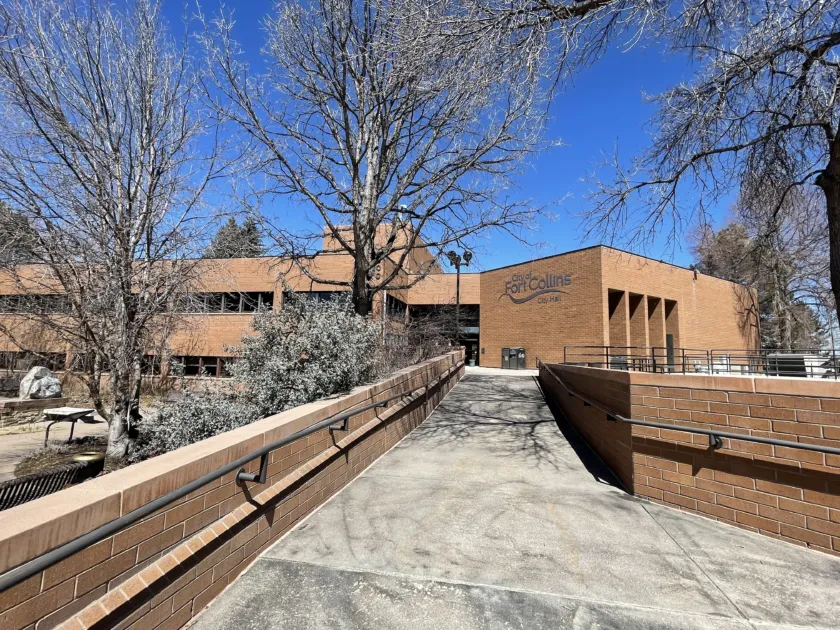Revamped Fort Collins land-use code gets initial nod
FORT COLLINS — Reflecting the community’s sharp division over whether to add density to its housing stock in a quest for more housing affordability, the Fort Collins City Council voted 5-2 on Tuesday night to give first-reading approval to the city’s latest stab at a revamped land-use code — but with one concession for people living in single-family neighborhoods..
As proposed by Councilmember Shirley Peel, the last-minute amendment, which was approved 5-1, deleted the staff’s provision that would have allowed duplexes to be added in the “RL” low-density residential zone, which makes up nearly a quarter of all the land in…
THIS ARTICLE IS FOR SUBSCRIBERS ONLY
Continue reading for less than $3 per week!
Get a month of award-winning local business news, trends and insights
Access award-winning content today!




